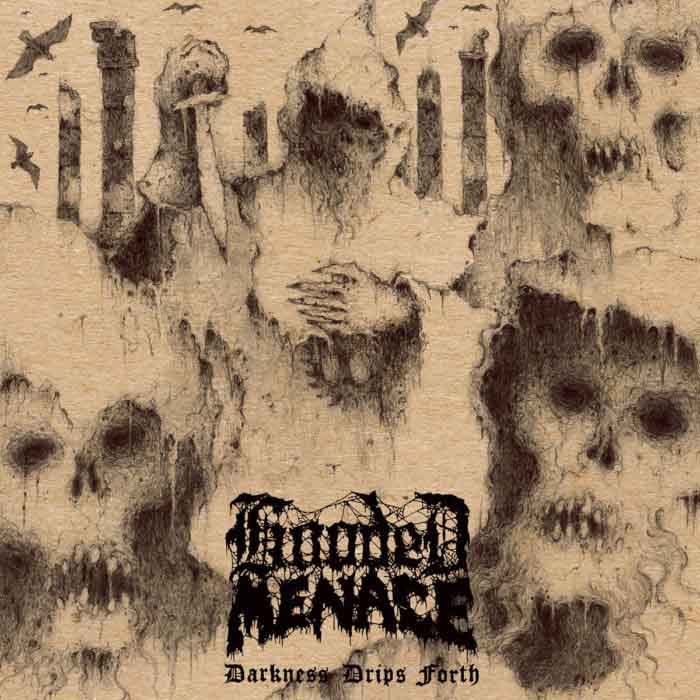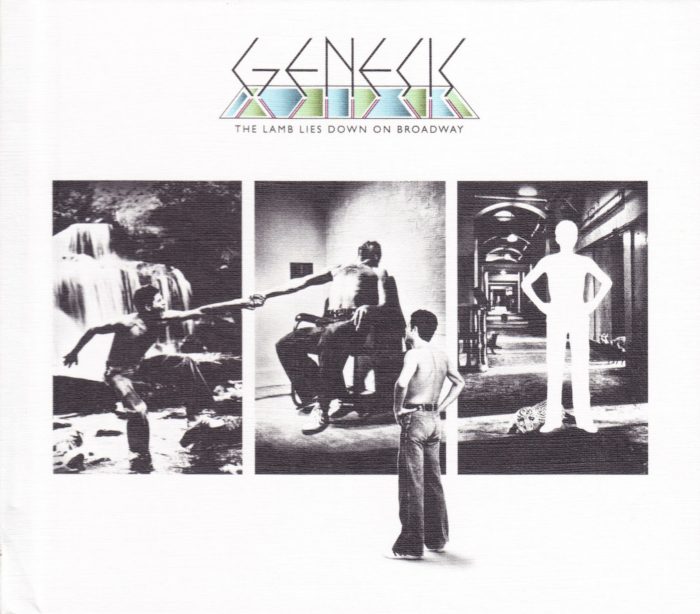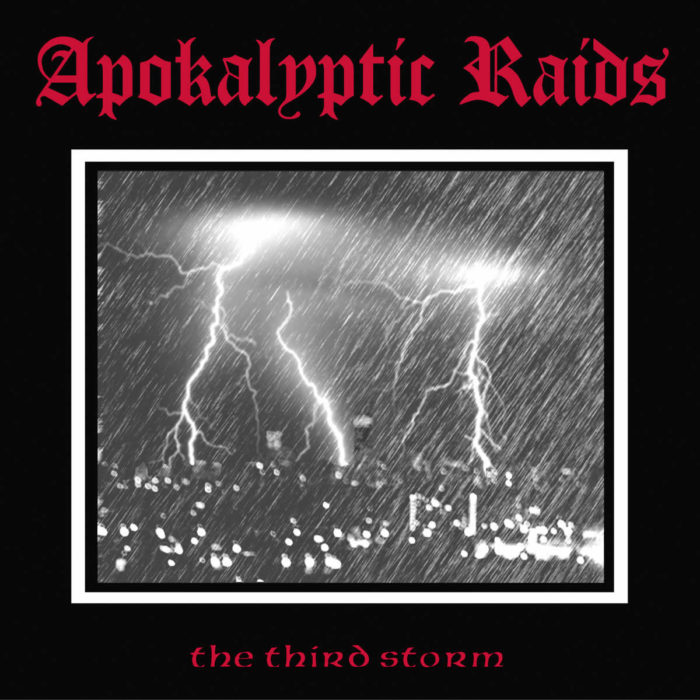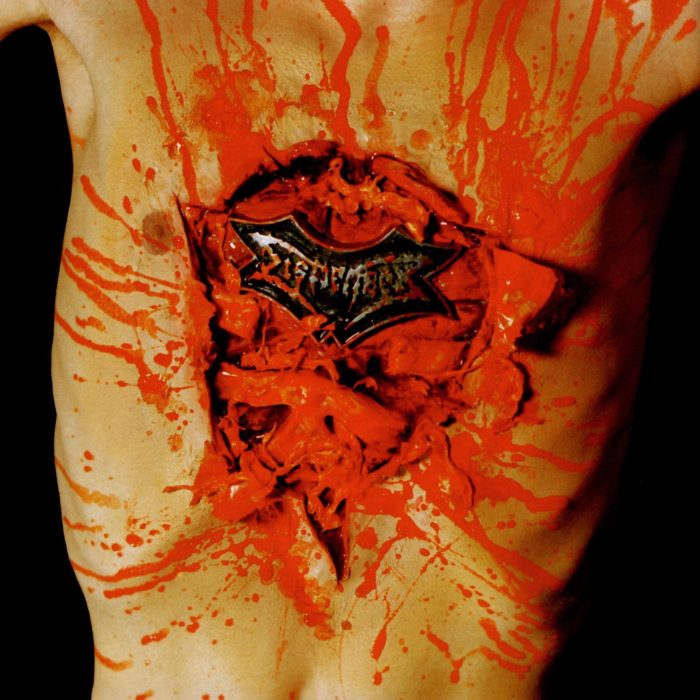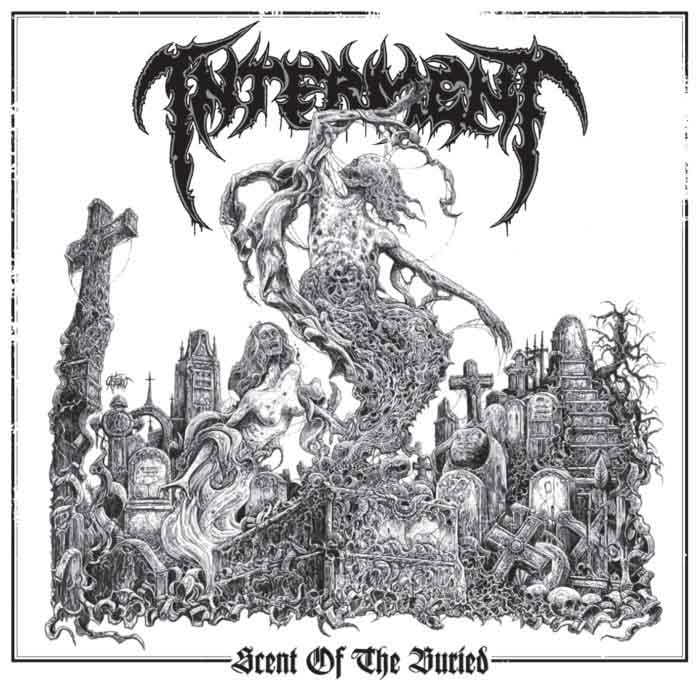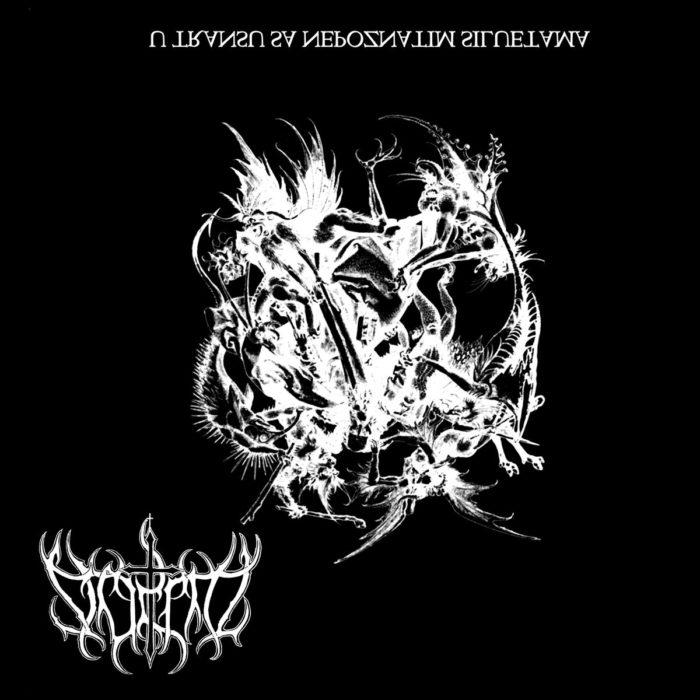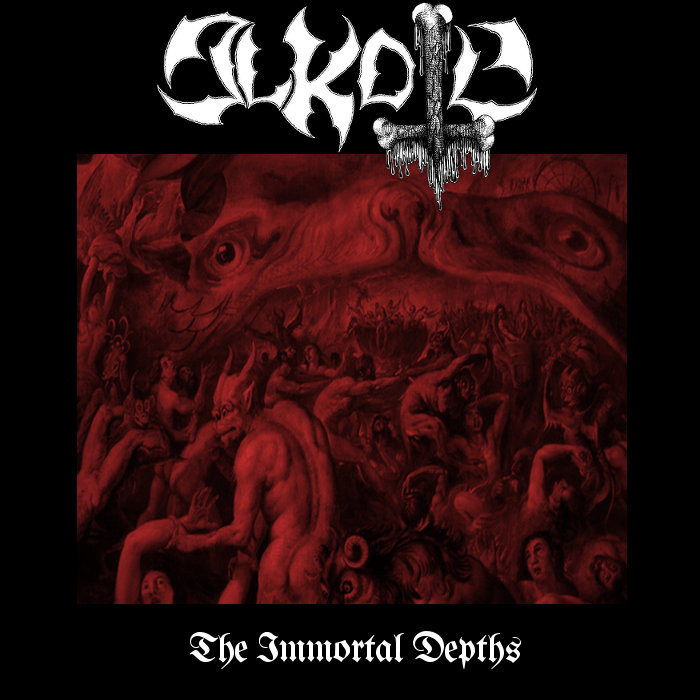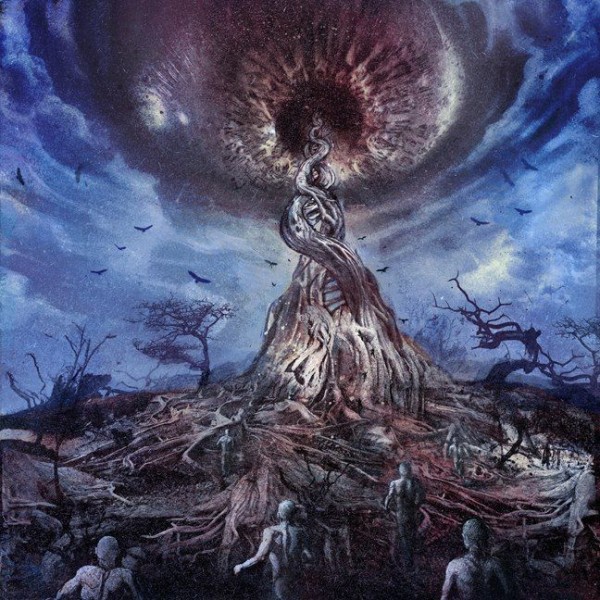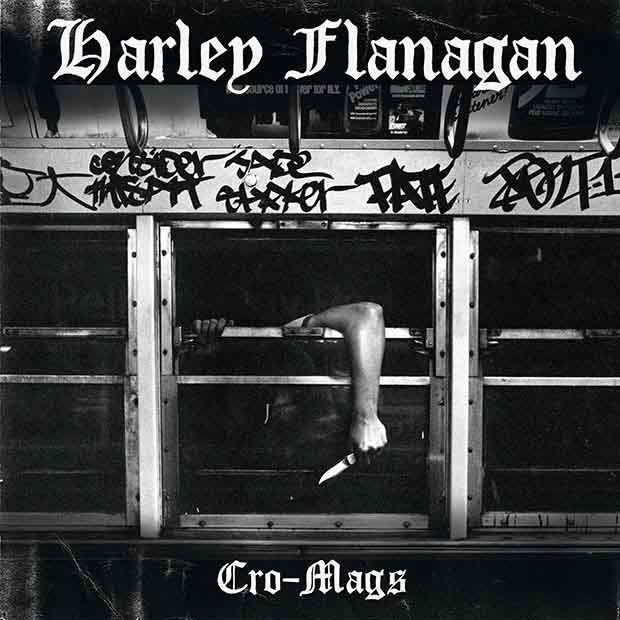Article by David Rosales.
When music is taken as communication, as a nurture of the soul, or even as a kind of magic then small details such as the name a band chooses for itself can forebode promise or ultimate triviality. The reason for this is that music, when taken as an integral enterprise, exudes the intention and capabilities of those who give birth to it. Hooded Menace’s name does not show much imagination but perhaps a rather superficial or commercial line of thinking. The title of their album, Darkness Drips Forth, isn’t much better. These suggest a lack of definition or the non-existence of a deeper wealth of thought.
In any case, the music comes first; prejudices must be set aside so that the stream of notes can dance unhindered. The structural approach of Hooded Menace’s doom metal is actually fairly convincing, and technically speaking, the composer-like qualities of whoever is writing the songs are sharp. The music is flowing, the passages never overstay or pass by too quickly, the dynamics of adjacent sections make sense together and their discourse feels natural enough. Individually, each section is tasteful though none is particularly original or distinctive. At first it may appear as if Hooded Menace may be the exception to the rule that one is supposedly bound to bump into sooner or later. Or are they?
Listening through this release and keeping in mind what has “happened” minutes before in the song, one starts to see that the content kept changing, but somehow hasn’t really gone anywhere. What is the problem then? Intuitive alarms such as this, when justified, must be grounded in concrete causes. The band had effectively avoided the carnival syndrome, it made use of motifs in linking sections — but only locally. This isn’t bad on its own, magnificent works based on the variations template have graced our ears in the past.
The problem is slightly different from song to song. The songs are not bound together by a common aura. They may go from a lethargic groove to a happy melody, but this is minimal. Some to flounder between a nondescript extreme metal counterpoint between the guitars to a Disturbed-like groove, only to return to something more characteristic of typical of doom metal. Far more detrimental to the aura is the relatively static sense of the harmony, constantly returning to the root and never, even for a second, leaving that tonal space except for overt and obvious effect. This is predictable and even vulgar. When you put these two together — imprecise style and weakly phrased, boring harmony — you have a recipe for subversively monotonous and superficial music.
1 CommentTags: 2015, death metal, death-doom, doom death metal, Doom Metal, Finland, groove, Hooded Menace, modern metal, relapse, relapse records, review
